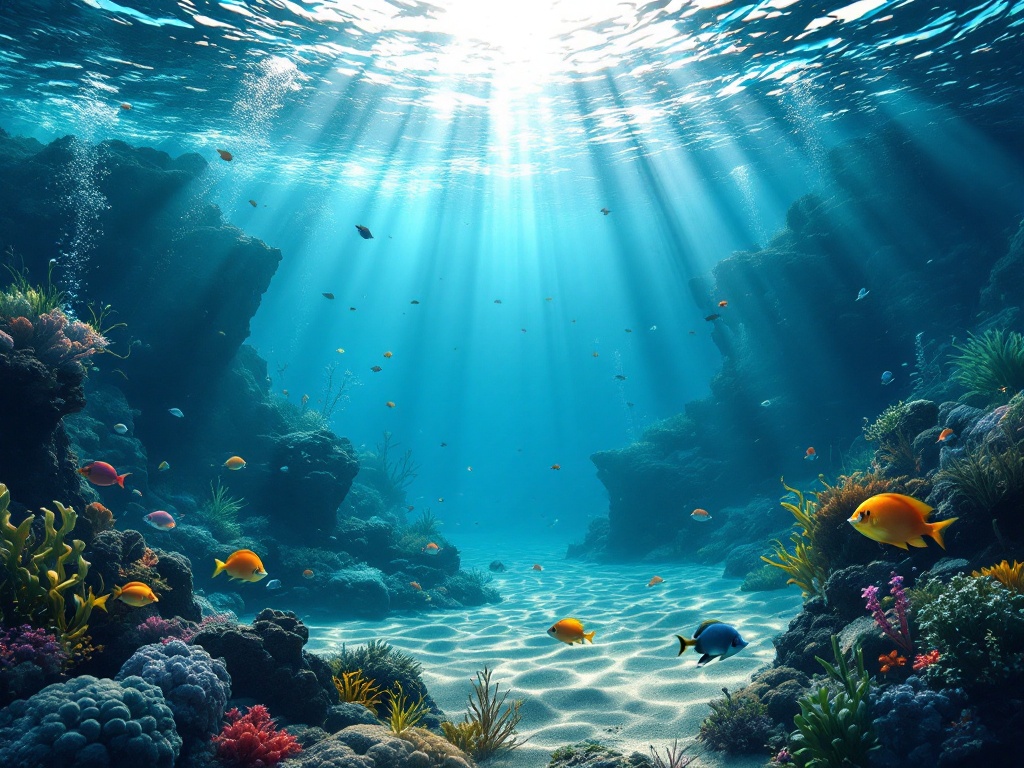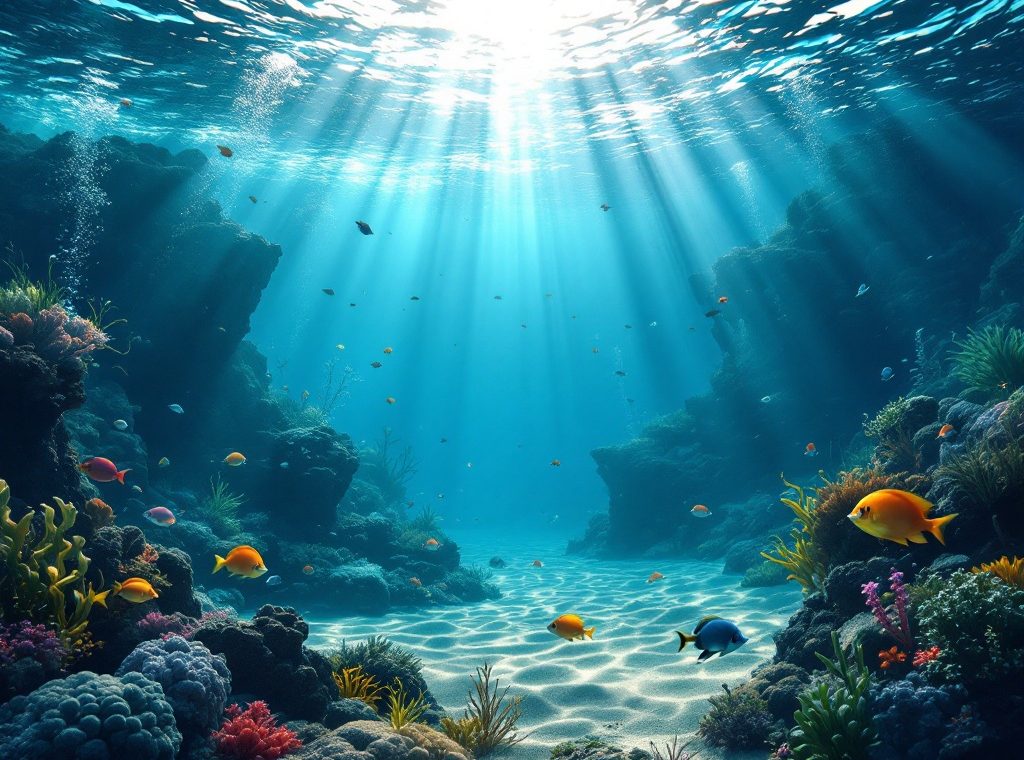How Deep is the San Francisco Bay? Fun Facts
Discover the surprising depths of the San Francisco Bay, where a dramatic 372-foot plunge exists near the Golden Gate Bridge. While averaging a mere 12 to 15 feet, the bay’s channels hide 100-foot depths, creating a vibrant ecosystem. Explore this dynamic underwater world, from tidal influences to the bay’s crucial role in wildlife, commerce, and history. Dive in and uncover the secrets of this iconic West Coast landmark.
Important information

- The average depth of the San Francisco Bay is surprisingly shallow, only 12 to 15 feet.
- The bay’s deepest point, around 372-377 feet, is near the Golden Gate Bridge.
- Shipping channels are much deeper, reaching depths of 35-45 feet due to dredging.
- Tides significantly affect the bay’s depth, with variations between high and low tide.
- The bay is a dynamic ecosystem, supporting diverse wildlife and significant commercial activity.
How Deep is the San Francisco Bay?
The San Francisco Bay, neighboring the Golden Gate Bridge, plunges to a surprising depth of 372 feet. Despite this dramatic low point, the bay maintains an average depth of only 12 to 15 feet. However, certain channels carve significantly deeper paths, reaching down approximately 100 feet. The central bay itself holds a depth of roughly 43 feet. This varied underwater landscape fosters a uniquely dynamic ecosystem.
Maximum and Average Depths
The San Francisco Bay is surprisingly shallow, averaging only 12 to 15 feet. However, near the Golden Gate Bridge, the bay floor plunges to its deepest point of approximately 43 feet. Shipping channels, carved through the bay, provide greater depth for large vessels.
Depth Variation Across the Bay
The San Francisco Bay’s depth varies dramatically. Raccoon Strait plunges to 171 feet, while the average depth, influenced by tides, shifts between 25 feet at high tide and 19 feet at low tide. Near the Golden Gate Bridge, the bay’s maximum depth is a remarkable 375 feet. Shallower areas average just 12 to 15 feet. This dynamic range supports a diverse and thriving ecosystem.
Tidal Influences on Depth
The depth of San Francisco Bay is constantly changing due to the tides. High tides bring in deeper water, while low tides reveal shallower areas. This tidal ebb and flow makes it difficult to specify a single depth. Furthermore, natural sedimentation and human dredging activities also impact the bay’s floor, contributing to these ongoing depth fluctuations.
Fun Facts About the San Francisco Bay
San Francisco Bay, the West Coast’s largest estuary, is a vibrant hub for wildlife and commerce. Playful sea otters, harbor seals, and flocks of birds call the bay home. Its rich history dates back to the Gold Rush, yet it remains a crucial center for shipping and trade. Two iconic landmarks, the Golden Gate Bridge and Alcatraz Island, dominate the bay’s stunning landscape. The bay’s dynamic tides create breathtaking views and offer various recreational activities, including sailing, kayaking, and fishing.
Formation and Geographical Features
The San Francisco Bay, a tectonic estuary, owes its existence to the San Andreas and Hayward faults. Over thousands of years, these geological forces, along with rising sea levels, shaped the bay we see today. The bay is relatively shallow, averaging only 12-15 feet deep, similar to a swimming pool. However, dredged shipping channels reach considerably deeper, plunging to 35-45 feet. The bay’s deepest point, a remarkable 377 feet, lies near the Golden Gate Bridge.
Historical Significance and Human Activities
The San Francisco Bay’s history is marked by dramatic shifts. For millennia, it nurtured thriving indigenous communities. However, European arrival in 1769 dramatically altered its course, transforming it into a hub for shipping and trade. The Gold Rush further intensified this transformation, sparking explosive population growth and industrial activity, severely impacting the bay’s ecosystem. Land reclamation projects, intended for urban development and agriculture, reshaped the shoreline, altering habitats and the bay’s depth. Today, conservation efforts are crucial to restoring these natural habitats and mitigating past human actions, securing the bay’s future.










